Toilets are by far one of the most common household items. In fact, their presence is indispensable in just about every building.
Truth be told, toilets have come a long way since the earliest models in the 1800s as they have evolved over time to match each manufacturer’s designs.
However, what a lot of people don’t realize is that toilets differ from one to the next one in terms of function, style, size and even the amount of comfort. And they only come to this realization when making a purchasing decision.
There’s a myriad of features that categorize each toilet but to cut to the chase, we’ve listed all the types of toilets you can expect to find in the market today so your purchasing decision can be much easier.
Let’s jump right into it.
Toilet Types Based on Style Variations
There are three major types of toilets categorized by their design. These are also the most common differentiation features. They include:
1. Two-piece toilets
As the name suggests, these toilets are identified by two separate parts which are then attached into one another before or during the installation process. Essentially, the bowl and the toilet tank are the detached parts; a fact that makes them easier to transport.
These toilets are the most commonly found in most households; but with good reason. For starters, they are very affordable, with the cheapest ranging at about $100.
Having a taller seat height than most one-piece toilets, two-piece toilets are more favorable for adults.
Another advantage that two-piece toilets have over one-piece toilets is that they are easier to repair. With the former, fixing or replacing individual parts is quite easy while the case is not the same for the latter.
However, on the flip side, Two-piece toilets do tend to be harder to clean as they have more cracks and crevices. They also tend to take up more bathroom space as compared to one-piece toilets.
2. One-piece toilets
These toilets come second to two-piece toilets in terms of popularity. One-piece toilets are identified by having a unified design. This means that unlike two-piece toilets, the toilet bowl and tank come attached; which makes them ideal for small spaces.
By nature, they take up less space and in comparison to two-piece toilets they seat closer to the ground.
Typically, one-piece toilets are more visually appealing as they have a sleeker appearance. In addition, these toilets are easier to clean as they have no crevices and are much simpler to install due to their fused nature.
The only downside to these toilets is that they are more expensive (starting at about $200) and they more cumbersome to move. However, it’s a fair trade as they are also very durable.
3. Wall-mounted toilets
While one-piece and two-piece toilets have their water system/tanks based outside the wall, wall-mounted toilets have a water system that is incorporated within the wall.
That means that only the toilet bowl and flushing mechanism are seen by the user. As such, these toilets are more aesthetically pleasing in comparison to one-piece and two-piece toilets.
Moreover, wall-hung toilets are ideal for people who are short on space or for those who want to experiment with the toilet location in the bathroom. The great thing about these toilets is that they can be fixed just about anywhere as long as it’s close to a water source.
They are much easier for people on wheelchairs to transition onto and are also easier to clean underneath as they do not have a base.
Sure, these toilets have a modernized look. The catch? They are flawed in that they are more expensive, usually require more repairs and are harder to install as they require a thick sturdy wall to accommodate the plumbing.
Furthermore, because they are mounted within the wall, they do require plumbing modifications if one is switching from a regular toilet.
Toilet Types Based on Bowl shape
Toilets also differ in terms of the shape of the bowl. And although subtle, one bowl shape is usually marketed as more comfortable than the other.
The two main toilet bowl shapes are the round bowls and the elongated bowls.
1. Elongated bowls
These bowls tend to be elongated as they take on an oval shape rather than a circular one.
Because of the elongated rim, not only does the rough-in measurement (the distance from the wall to the floor drain of the toilet) tend to be longer in order to accommodate the depth of the bowl but sitting on the toilet is said to be more comfortable as there is more space to accommodate the user’s bum. For this reason, they are usually marketed as the more comfortable of the two.
2. Round bowls
These bowls have a circular rim and the depth of the bowl is also usually shorter. Because of this difference in ‘size’, round bowls tend to be ideal for smaller bathrooms.
These bowl type is very common although elongated bowls are quickly becoming the more common bowl type.
The great thing about is that you can find these bowl types in one-piece, two-piece and wall-mounted designs.
3. Square toilets
These toilets take on a more rectangular rather than square shape as the name suggests. The main reason for their design is that they are said to have a bigger bowl that catches more waste compared to the other two.
However, these toilets aren’t as convenient as the two aforementioned ones as they are generally uncomfortable to seat on and finding their replacement parts is very hard. That said, they are very aesthetically pleasing so you can be sure that they’ll match your space if you are going for a unique theme.
Types based on Waterless system
Waterless toilets don’t use water to flush or drain the waste into either a septic tank or sewer.
These are usually used in areas that lack traditional plumbing or for recreational use in RVs and remote cabins. The two most common types of waterless toilets are bagging and composting toilets.
Let’s have a look at each:
1. Bagging toilets
These toilets usually have the waste deposited into a bag where they are ‘stored’ and the waste bags are usually thrown away from time to time.
With these toilets, the waste is usually sealed in an airtight bag to avoid stinking before they are disposed off.
2. Composting toilets
These toilets differ from bagging toilets in that the stored waste is usually intentionally decomposed to create fertilizer. The toilets consists of a separate chamber where the waste usually accumulates and may have a pipe that allows the separation of the solids from the liquids.
From there, the solid material is broken down by bulking agents such as saw dust to quicken the composting period.
Essentially, waterless toilets are more expensive than their counterparts, with the cheapest ones ranging at about $500.
Types Based on Flush system
Typically all toilets that use water have a flush system. However, they can be categorized into gravity-fed or pressurized or dual-flush toilets.
1. Gravity toilet
Almost all toilets use a gravity-fed mechanism to flush waste down the drain. This implies that they use the power of gravity to remove the waste.
These toilets function in that when the flush button is pressed, the flapper (located in the tank) lifts up and allows water to flow from the tank into the bowl. When the tank empties and the bowl is full, the water and waste are then sucked down by gravity into the septic tank or sewer.
Thereafter, the fill valve refills the tank with water for the next use and the cycle continues.
The great thing about this system is that it is less noisy, uses low pressure and generally requires little maintenance. However, the pipes are prone to clogging as they rely on gravity to move the waste through the pipes.
2. Pressure-assisted toilet
As the name suggests, these toilets functions in a different way in that when water pumps into the valve, it creates air pressure that is then released when the flush button is pressed down and the pressurized air then forces water into the bowl
So rather than relying on the power of gravity, they use pressurized air to push down the waste.
Typically, this system leaves a cleaner bowl as it pushes the waste down with more force. They are also less prone to clogging. However on the flip side, they are noisier compared to gravity-flush systems and are also cost more.
These toilets are more commonly found in commercial areas or houses with large families.
3. Dual-flush toilets
Dual-flush systems allow the use of varying water use. They consist of two buttons/ flush settings which allow wither a full flush or a partial one.
A partial flush uses less water (around 1 gallon of water) and is ideal for liquid waste while a full flush uses around 1.6 gallons of water and works best for solid waste.
The great thing about these toilets is that they enhance water conservation especially when the partial flush is used for liquid waste rather than opting for a full flush. Other than being great for the eco-conscious, they are also highly affordable and are available both in one-piece and two-piece styles.
Other Types of Toilet Classifications
1. Water-saving toilets
Toilets can also be ranks based on the amount of their water usage in a single flush.
These types of toilets are known as ‘water-saving’ as they use less water per flush. They are thus ideal for the environment-conscious as well as users intending to trim down their water bills.
Here’s the thing; while regulations allow not more than 1.6 gallons of water per flush for a regular toilet, they beat this by cutting down the water-use to only 1 gallon of water!
In the US, you’ll find that these types of toilets have a certification/ label by the Environmental Protection Agency known as WaterSense; which verifies the water-efficient mechanism.
2. Based on Noise level
Toilets can also differ in terms of how loud they are. When grouped in terms of the noise-level; gravity-flush toilets are typically quieter than pressure-assisted toilets. The noise-level can further be reduced by installing quiet-close lids which do not slam shut when lowered.
Noiseless toilets are ideal in areas where noise is a concern such as next to a baby’s nursery.
3. Based on Size
Toilets also tend to differ in terms of size.
The size variation usually depends on the rough-in measurement; again this measurement is the distance from the wall to the floor drain of the toilet.
You will find that most toilets have a rough-in measurement of 12 inches (which also matches most plumbing systems). However, you can also find 10-inch or 14-inch rough-ins for older homes.
3. Based on seat height
The seat height is also one of the ways through which toilets differ. The standard measure of the seat height (from the rim to the ground) is 15 inches but you can also find ones that measure 17 to 19 inches which are claimed to be more comfortable as they are easier to get on and off.
4. Based on Other special features
Lastly, toilets can be categorized based on the presence or lack thereof of luxurious features.
Standard toilets typically have a toilet bowl, tank and flush system but the other category of toilets known as ‘smart toilets’ usually feature enhancements to the comfort level offered.
The intelligent upgrades to these toilets include: heated seats, automated flusher, motion-activated lights, overflow protection, bidets, warm air dyers, deodorizing seats and so much more.
Smart toilets offer improved comfort, convenience and functionality; and that is what makes them hold an edge over other toilet types.
However, these advanced features come at an additional cost and also require more maintenance which makes these toilets much more expensive than standard options.
5. Base on appearance
Some toilets have visible trap-ways while others do not. At the end of the day, it all boils down to which type of appearance you prefer. However, we will warn that those with visible trap-ways are require more effort when it comes to cleaning as compared to those with covered trap-ways.
Toilets with concealed trap-ways have hidden pipe bends which result in a sleeker more appealing look.
Conclusion
Toilets differ in terms of many factors. As far as which, toilet is the best for your household; that depends heavily on your needs and preferences, because each toilet has its own set of pros and cons.
Today you can even find, black toilets which are theme-fitting but require more attention to detail when it comes to cleaning.
At the end of the day, you want a commode that is highly comfortable, functional and fitting to you toilet. Pick your choice!



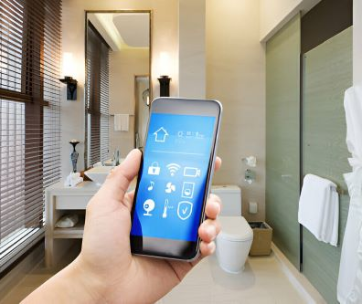
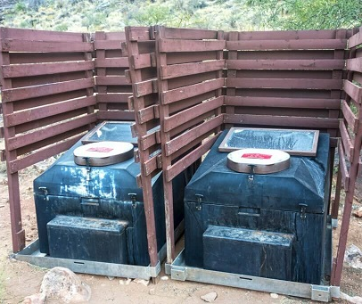

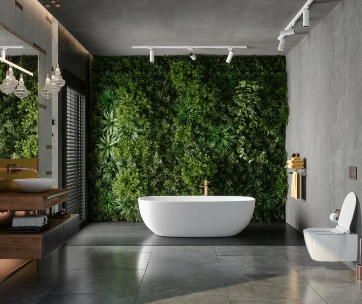
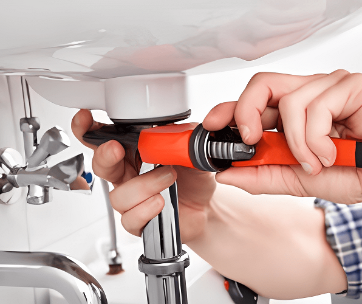
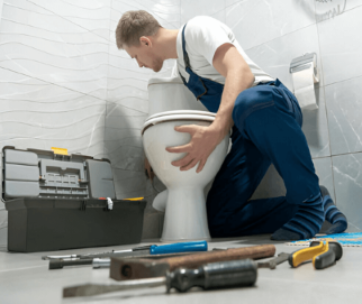
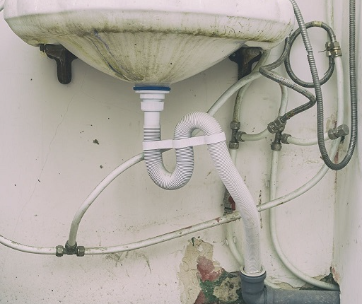
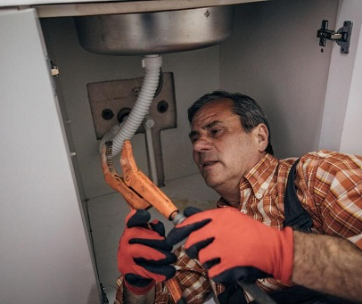
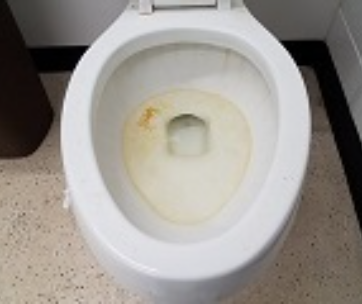
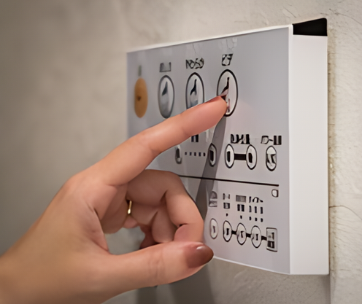
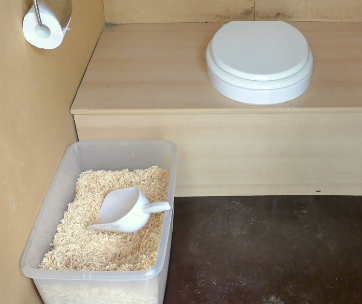
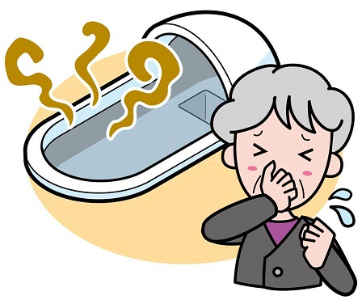

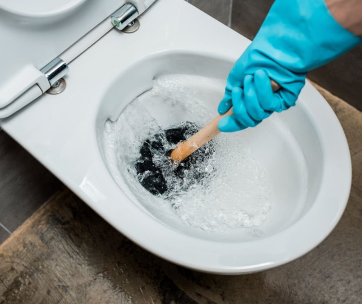
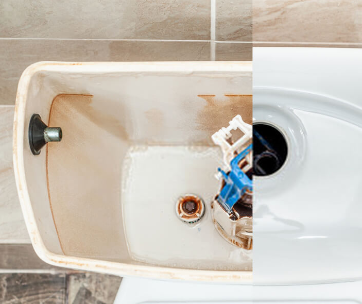
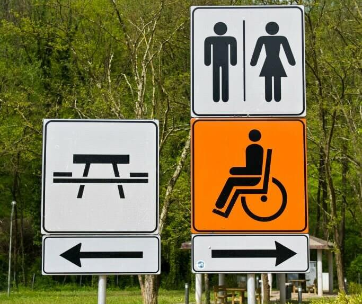
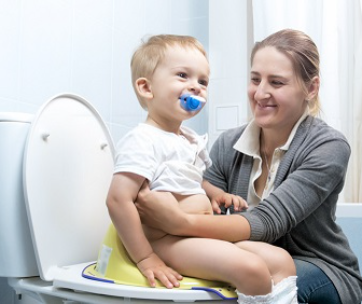
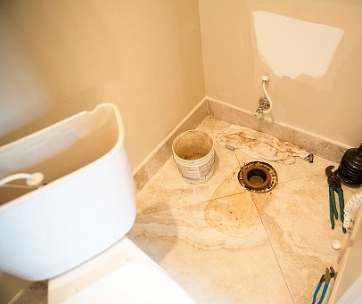
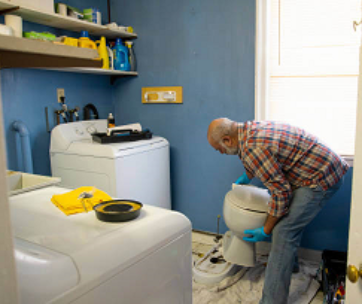
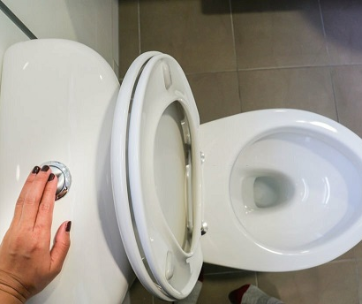

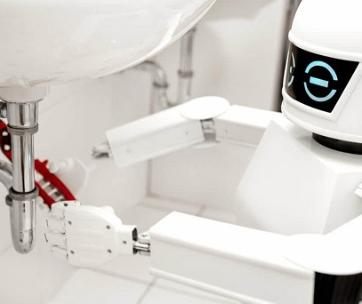
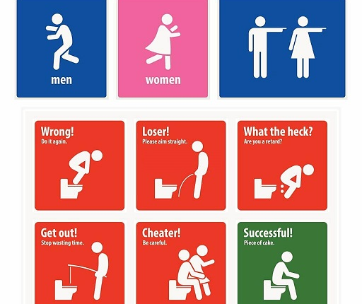
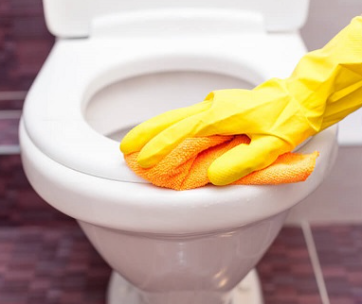
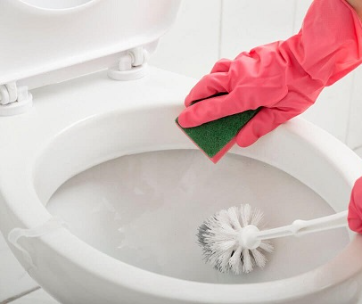
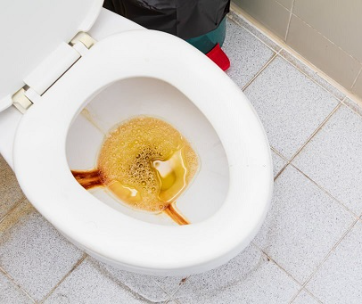
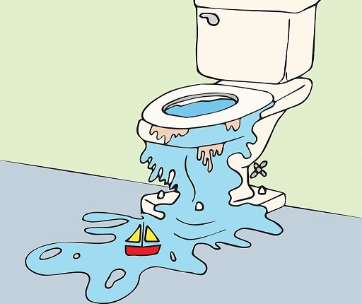

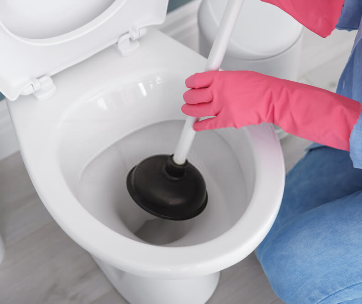
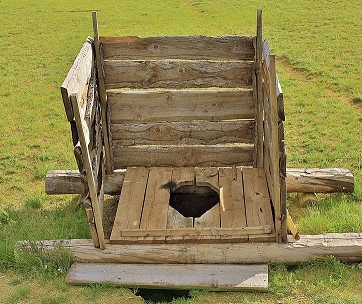

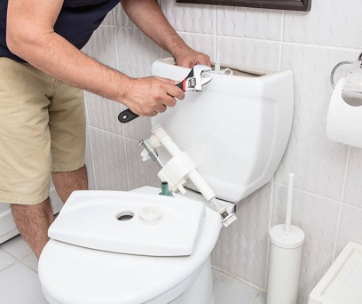
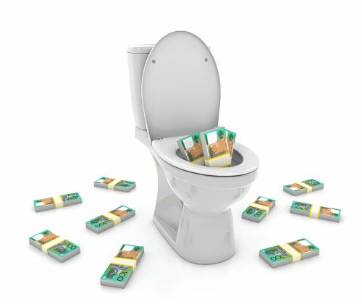
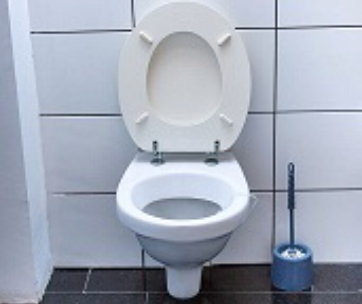
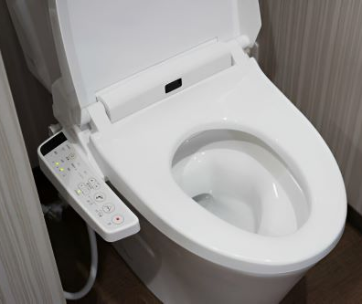
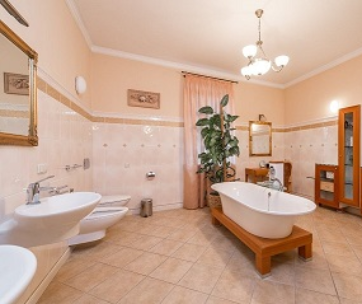


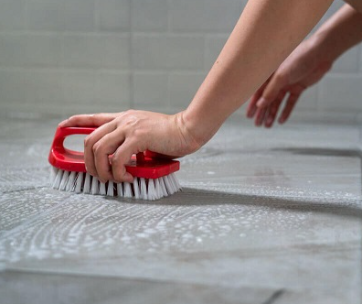
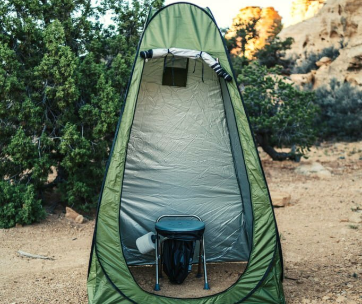
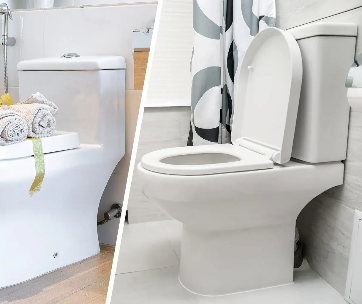
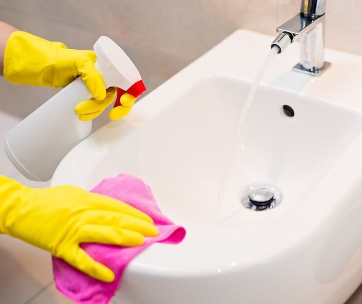
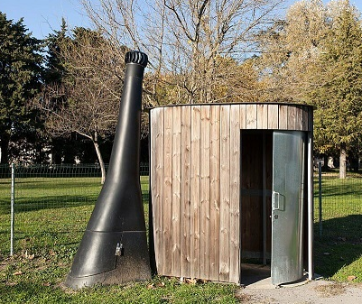
Comments